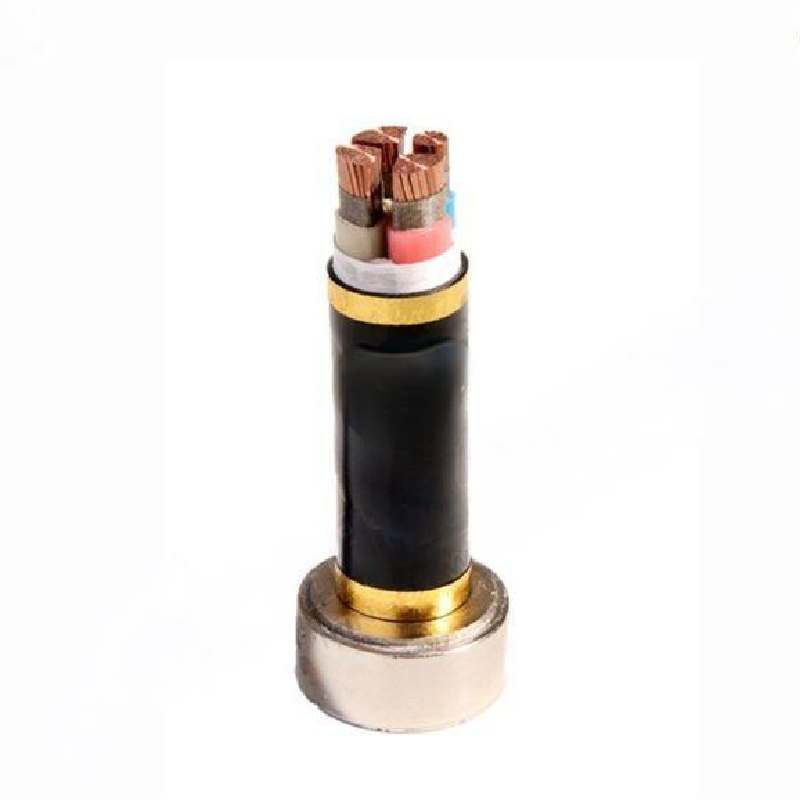10 月 . 06, 2024 18:00 Back to list
dual plate check valve wafer type
Understanding Dual Plate Check Valve Wafer Type
In the realm of fluid control systems, valves play an essential role in regulating the flow and preventing backflow. Among the various types of valves, the dual plate check valve, particularly the wafer type, stands out for its unique design and operational advantages. This article will delve into the features, benefits, and applications of dual plate check valves in wafer style.
What is a Dual Plate Check Valve?
A dual plate check valve is a type of check valve that uses two discs or plates to allow fluid flow in one direction while preventing backflow. This type of valve is commonly deployed in applications where back pressure or reverse flow could cause damage to systems or equipment. The wafer style of the dual plate check valve refers to its compact, flat design that allows for easy installation between flanges in pipeline systems.
Design Features
The dual plate check valve wafer type consists of two semicircular plates mounted on a hinge. The unique configuration allows the plates to open easily with the forward flow of fluid. When the flow stops or reverses, the plates close quickly, ensuring that no backflow occurs. The wafer design not only makes the valve lightweight but also reduces the overall space required for installation.
Additionally, the dual plate check valve can be constructed from various materials, including stainless steel, cast iron, and plastic, allowing it to be used in various industries and applications. The choice of material affects the valve's performance, corrosion resistance, and durability.
Benefits of Dual Plate Check Valve Wafer Type
1. Compactness The wafer design significantly reduces the valve's footprint, making it ideal for applications where space is limited. This compactness also contributes to lower overall installation costs.
dual plate check valve wafer type

2. Efficiency The design of the dual plates minimizes flow resistance, which enhances the efficiency of the fluid system. This feature is especially beneficial in high-flow applications, as it helps reduce energy consumption.
3. Quick Response The lightweight plates of the dual plate check valve enable rapid opening and closing in response to fluid flow changes. This quick reaction time is crucial in preventing backflow and ensuring the system’s stability.
4. Low Maintenance Due to their simple design and the absence of moving parts other than the plates themselves, dual plate check valves generally require less maintenance compared to other types of check valves. This aspect results in cost savings over the lifespan of the valve.
5. Versatility These valves are suitable for a range of fluids, from water and oil to corrosive chemicals, making them a versatile option for different industries, including water treatment, oil and gas, and chemical manufacturing.
Applications
Dual plate check valve wafer types find extensive application across various sectors. In municipal water systems, they prevent the backflow that can lead to contamination. In the oil and gas industry, these valves help manage flow direction and maintain system integrity. They are also prevalent in power plants, HVAC systems, and wastewater treatment facilities, among others.
Conclusion
In summary, the dual plate check valve wafer type is an efficient and reliable solution for controlling fluid flow and preventing backflow in various applications. With its compact design, rapid response, low maintenance requirements, and versatility, it is an essential component in many industrial and municipal fluid systems. As industries continue to prioritize efficiency and reliability, the dual plate check valve wafer type will undeniably remain a crucial element in fluid handling technologies.
Share
-
Understanding the Differences Between Wafer Type Butterfly Valve and Lugged Butterfly ValveNewsOct.25,2024
-
The Efficiency of Wafer Type Butterfly Valve and Lugged Butterfly ValveNewsOct.25,2024
-
The Ultimate Guide to Industrial Swing Check Valve: Performance, Installation, and MaintenanceNewsOct.25,2024
-
Superior Performance with Industrial Swing Check Valve: The Essential Valve for Any SystemNewsOct.25,2024
-
Industrial Swing Check Valve: The Ideal Solution for Flow ControlNewsOct.25,2024
-
You Need to Know About Industrial Swing Check Valve: Functionality, Scope, and PerformanceNewsOct.25,2024